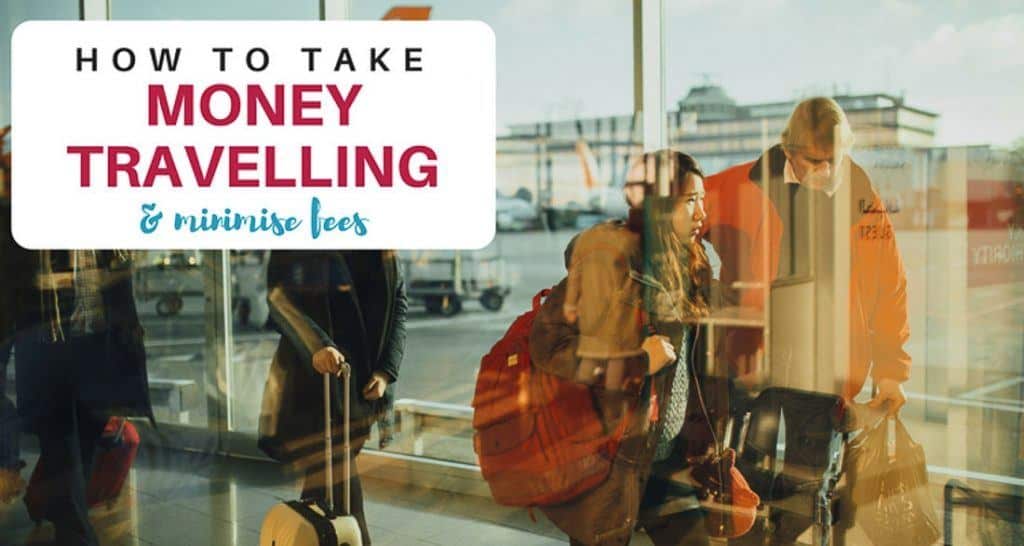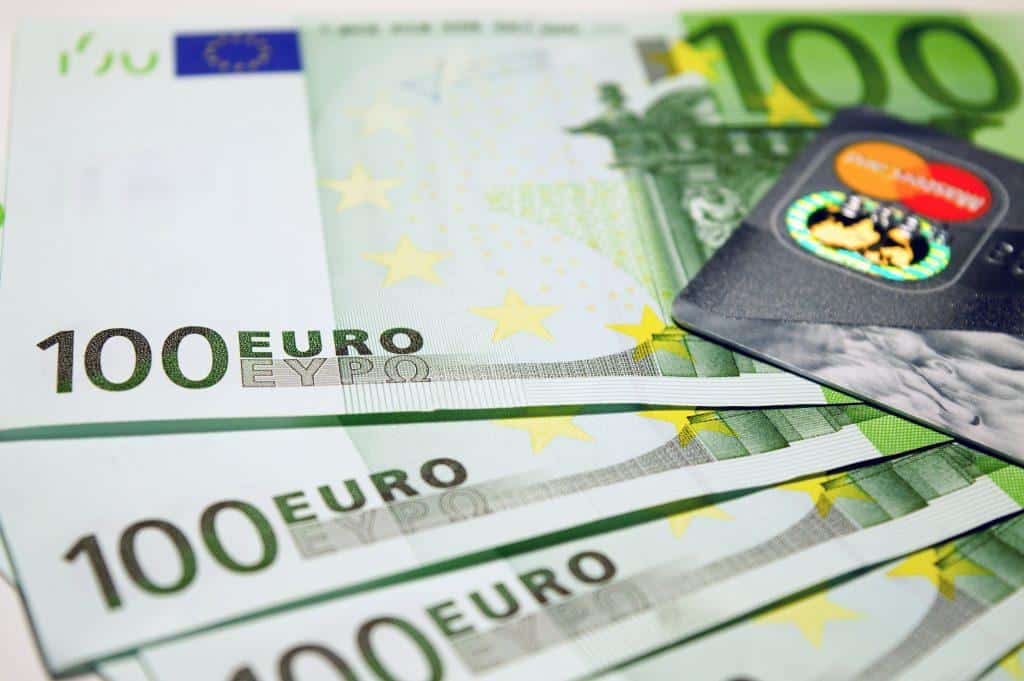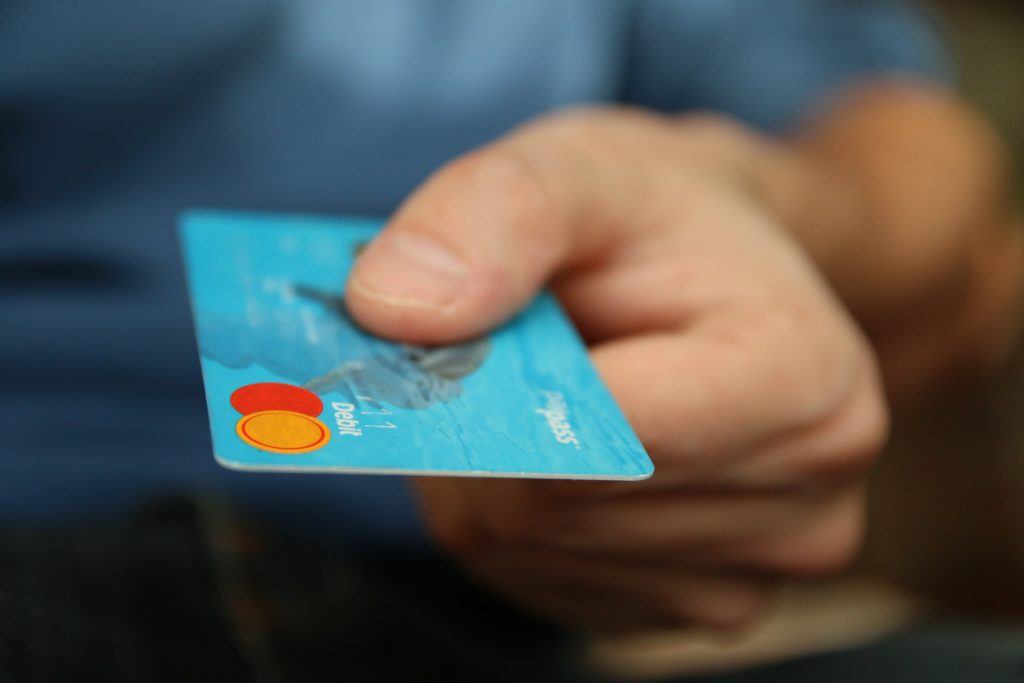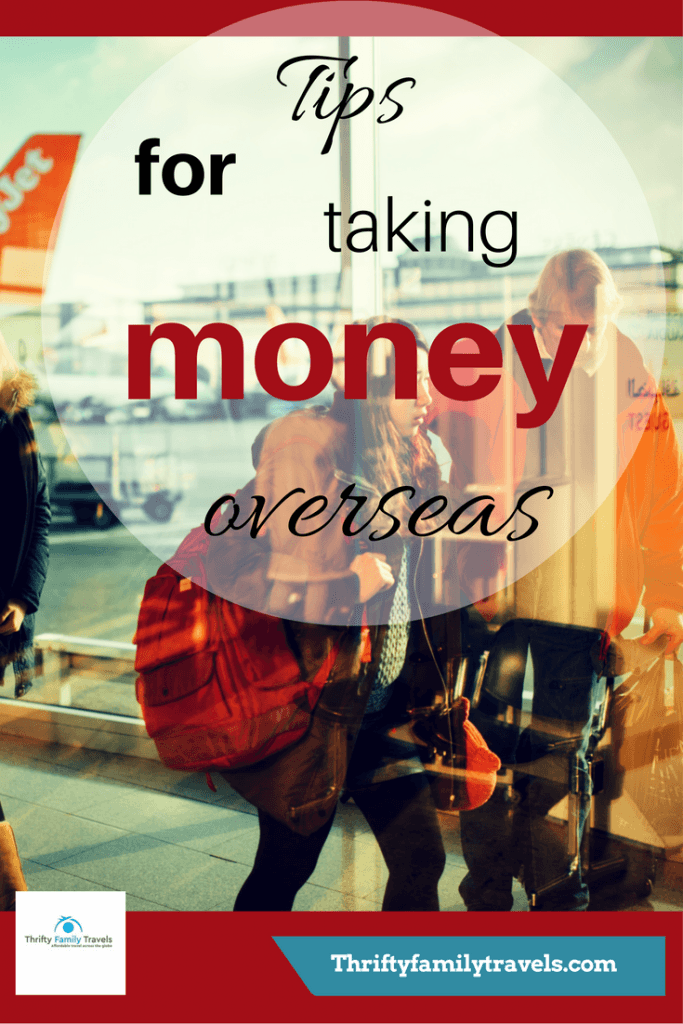So your trip is all booked, and you’re leaving in a matter of days – now it’s time to sort out your foreign currency for your international travel. So what are the best ways for taking money overseas?
For me one of the annoying things about international travel is all the fees related to spending your own money. No matter if you use cash, credit card or withdraw money out of the ATMs there are fees everywhere. It’s just a matter of working out which methods charge the least amount of fees and which methods you are comfortable with.
I am a total spend thrift and I hate spending money on fees when I don’t have too. So over the many years of my travel I have worked out a method that I am comfortable with and which I pay the least amount of fees possible.
Basically the method is a bit of a tiered approach. Using cash is the cheapest method, but if you are like me I am not comfortable taking a wad of cash with me overseas, so I also need back up options. The next cheapest option is using a credit card, followed by withdrawing money from an ATM and using the cash to pay for items.
I will go through each method in more detail below.
1. Take loads of cash in your own currency
Buy a small amount of foreign currency before you go
This first step is optional. I always buy a little bit of foreign currency at home, just to get me by if I want to buy a drink at the airport or need it for transport to get to the hotel. So no more than $50-$100 – depending upon where you are travelling too and of course how many people you are travelling with.
You can of course just exchange your money once you land in the airport. But for me travelling as a family, sometimes we are all tired and cranky and just want to get to the hotel and deal with money the next day. Also what if for some odd reason the exchange booth is closed, or there is a huge line up? I just want to be prepared.
Also you need to check out whether you need any local currency for on arrival visas. For example in Vietnam if you are obtaining your visa on arrival you need $25 US for each person. This is as soon as you get off the aircraft so you need to have this immediately.
Where to purchase foreign country from?
You really do need to shop around and check out what fees places are charging and what exchange rates they are offering. One place might offer a great exchange rate but charge a high commission, so make sure you ask about all the fees first.
I tend to order my foreign currency online via Australia Post or Travelex. Neither place charges a commission and both tend to offer very competitive exchange rates. I also love how you can order and pay for it online and just go pick it up when it’s ready. No need to line up for ages whilst the clerk goes and gets the money organised.
Here’s a link to order your foreign currency from Travelex.
In fact Travelex send the money to your Australia Post office for pick up anyway. So both options are very convenient.
I have just ordered some foreign currency and I noticed that for US dollars Travelex offered a better rate, but for Vietnamese Dong, Australia Post offered a better rate. Given I was purchasing much more Dong I decided to order from Australia Post.
Note that your order must be at least the value of $500 AUD.
Transferring money to Australia – read this post about the best way
Exchange your money at your destination
Ok so this one is going to depend upon where you live and where you are going. For me I live in Australia and often travel to Asia. For Australians it is way cheaper to exchange money in Asia rather than exchanging your money at home. You get a much better exchange rate, meaning your money goes much further. There are also less fees in doing it this way.
If this is not the case for you, then see the previous step and buy your currency where ever you can get a great rate taking into consideration any commission charged.
Take as much cash as you are comfortable with
The cheapest way to pay for things is with cash. So if you are comfortable just taking cash to pay for your entire trip then this is the way to go.
Personally I don’t like to take loads of cash with me, I am too nervous about losing it, or it being stolen. So I just take as much as I feel comfortable with. I also split up the cash and put a little here and a little there, so if I do lose any or it gets stolen it’s not the whole amount.
Once you get to your destination, if there is a safe in your accommodation, use this to store your extra cash.
Exchange your money as you go
I also recommend that you exchange your money as you go– don’t exchange it all at once. Why? Because every time you exchange money you pay a fee in one way or another, whether that’s a commission fee or just via a lower exchange rate. So if you exchange all of your money into foreign currency and then don’t spend it all, you will need to exchange it again at the end of your trip and once more pay fees.
Also for Aussies, you don’t get much for your foreign currency; most of it will disappear in fees. So best to come home with aussies dollars if possible rather than having to exchange foreign currency into aussie dollars.
2. Using your credit card
Usually credit cards are much cheaper than withdrawing cash from ATMs whilst overseas. This will of course vary from credit card to credit card, so make sure you check the international fees on your card before using this method.
To find out what fees your credit card charges just google the financial institution and international fees. For example “Commonwealth Bank credit card international fees” you should be then taken to the fees section. Usually credit cards just charge a percentage of the total purchase price.
The credit card I use does not charge any fees as such; however fees can be hidden in the exchange rate your credit card charges so check these out too. However overall I find that the fees associated with using your credit card are way cheaper than the fees associated with withdrawing cash from an ATM.
Obviously you can’t always use your credit card. My method is I use cash for paying for smaller items and use my credit card to pay for larger purchases such as tours and accommodation. Towards the end of my trip if I have plenty of cash left over than I will start to use this to pay for these larger expenses because it is always cheaper to use cash than any cards.
3. Using your ATM card
For me withdrawing money from the ATM is a last resort. Don’t get me wrong, I always do this at some point in my travels, but due to fees usually associated with this, I do this only when I have too.
The problem with using your ATM card is that you get hit with a charge from your bank at home as well as a charge from the bank whose ATM you are using.
If you do withdraw money from the ATM withdraw as much as you can, so you are not coming back and getting stung with more of these fees each day.
If travelling to an Asian country this can be a problem. Whilst in your home country you may be able to withdraw large amounts of cash, usually in Asian countries you are only able to withdraw a few hundred at a time. So you can imagine those fees can quickly add up.
For my current ATM card my bank charges $2.50 per withdrawal, which is not too bad. But I am aware of some banks charging up to $8 per withdrawal!! So ensure you know what your bank is charging.
The other method is using your ATM card to purchase items directly. The fees associated with this are similar to using a credit card. When using your ATM card to purchase items you will usually be charged a percentage of the purchase price as well as any fees associated with the exchange rate. For me my bank charges 2.5% of the purchase value and of course there is the exchange rate.
Other Tips
So just to recap – for me I mainly use cash but also my credit card and ATM card as necessary.
What about Travel Cards?
I know some people use these travel money cards – but I personally don’t rate them. There are fees everywhere for using these cards. There are fees for putting money on the card, fees for taking money off the card, fees for withdrawing money at ATMs, etc.
I just don’t see the point when most people would already have their own cards anyway.
Please note the advice in this post is general advice and will of course depend upon the individual financial institutions you bank with. So whilst the above methods are best for me, they may not be best for you. I recommend you do your own research before deciding what works for you.
I’d love to hear what methods you use for spending money whilst overseas? I love to save money wherever I can so maybe you know something I don’t – let me know and send me a message.
Want to save this for later? Click on the image below and save to Pinterest.



